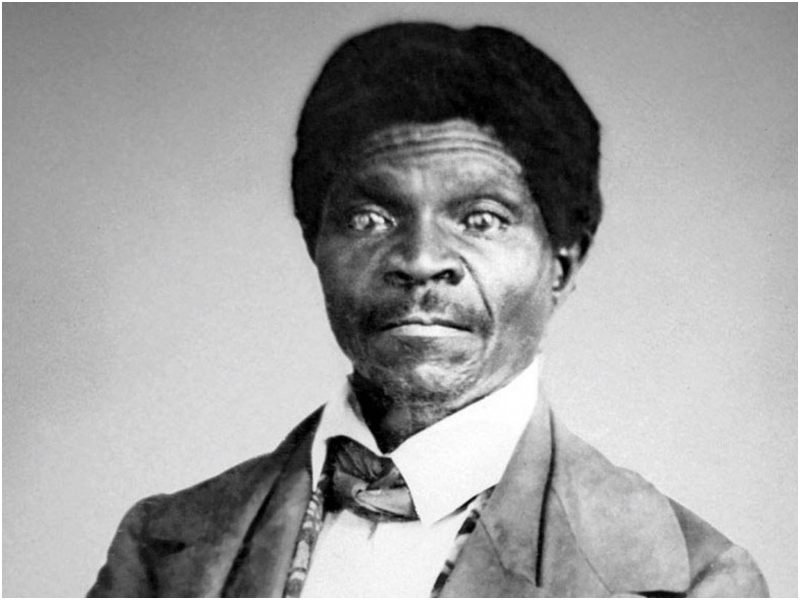On this day, March 6, we commemorate a pivotal moment in American history: the infamous ruling of Dred Scott v. Sandford in 1857.
It was a legal battle that began as a quest for freedom but ended up shaping the course of the nation’s future.
In 1846, Dred Scott, an enslaved Black man, and his wife, Harriet, filed a lawsuit for their freedom in St. Louis Circuit Court.
Their claim was based on their residence in a free territory where slavery was prohibited, where they had lived with their enslaver, an army surgeon, at Fort Snelling in the Territory of Wisconsin.
What started as a seemingly straightforward case escalated into an 11-year legal struggle, reaching the United States Supreme Court.
The stakes were high, with slavery emerging as the most contentious issue in American politics at the time.
On March 6, 1857, Chief Justice Roger B. Taney delivered the majority opinion of the Court, a decision that reverberated across the nation.
The Court ruled that enslaved people like Dred Scott were not citizens of the United States and therefore had no rights or protections under federal law.
Additionally, the opinion asserted that Congress had no authority to outlaw slavery in federal territories.
This landmark ruling deepened the divide between North and South and pushed the country closer to the brink of Civil War.
Despite its notoriety, the decision of Dred Scott v. Sandford was eventually overturned by the 13th and 14th amendments to the Constitution, which abolished slavery and granted citizenship to all persons born in the United States.
Today, we remember Dred Scott v. Sandford not only as a dark chapter in American jurisprudence but also as a reminder of the enduring struggle for justice and equality in the United States.

